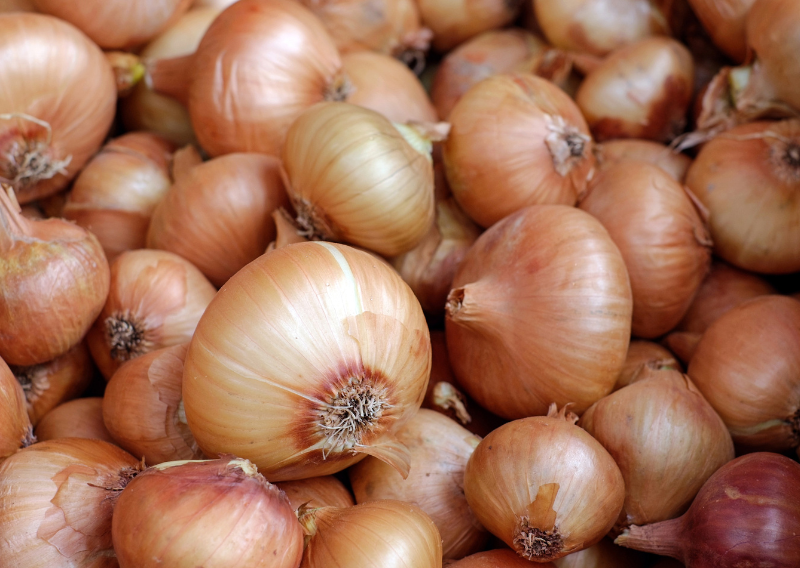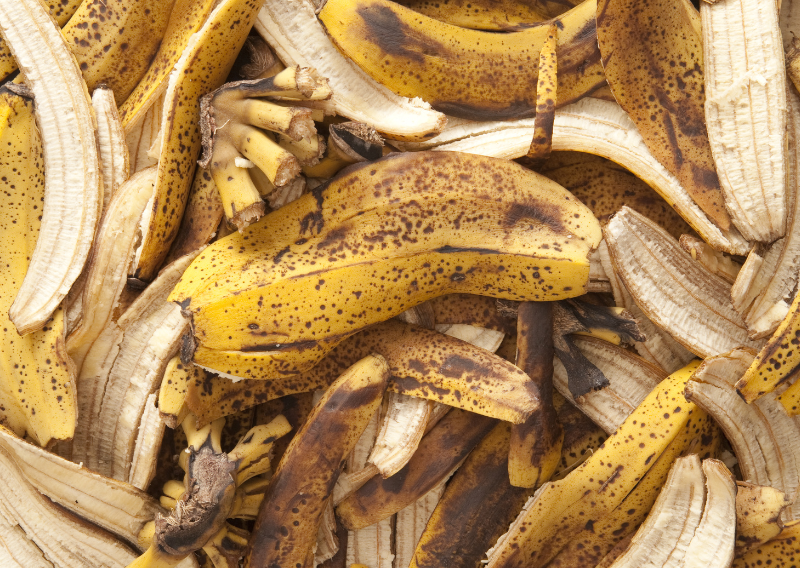
Simple Polenta Bites Recipe: Quick Cooking Steps for Delicious Snacks
Are you looking for a way to use up corn and reduce kitchen waste while still making something delicious? Polenta flour and polenta bites are a fantastic zero-waste recipe to try, and they’re as enjoyable to make as they are to eat. Let’s dive into this fun and eco-friendly project!


Why Zero Waste Polenta Flour?
Polenta flour is made from grinding dried corn kernels into a coarse meal. By using just 2 cups of corn (which costs around $0.99), you can create a batch of polenta that’s both tasty and economical. Grinding more than 2 cups in one go saves energy and time, allowing you to make a larger batch of flour in a single effort.
To make your own polenta flour:
Blend and Strain: Place 2 cups of dry corn into your blender and grind until you get coarse flour. You may need to blend and strain multiple times to achieve a texture that includes both powdery and coarse bits. This mixture gives a great texture to your polenta bites!
Making Polenta Bites
These polenta bites are an excellent way to enjoy the fruits of your labor. Here’s how to make them:
Ingredients:
- 4 tablespoons olive oil
- 1 tablespoon minced garlic
- 1/2 onion, finely chopped
- 1/2 cup sage, finely chopped
- 1 teaspoon salt
- 1 teaspoon black pepper
- 2 cups milk
- 4 cups vegetable broth
- 2 cups cornmeal (your freshly made polenta flour!)
- 1/2 cup grated Parmesan cheese
Instructions:
- In a pan add the olive oil and stir fry the onion, garlic, sage, salt, and pepper when nice and golden add the milk and water and turn to medium heat until nice and hot.
- Add slowly the cornmeal while stirring with a whisk so it’s easier to not have lumps.
- Bring to a boil and lower the heat.
- Add the Parmesan.
- Remember to stir so the polenta will cook evenly but do not stir the bottom as it’ll be quite thick and will prevent the polenta from burning.
- Cook it for about 45 min.
- This recipe requires a quite hard polenta so almost no moisture to be able to then cut it into cubes.
- When ready transfer the polenta to a container and make a layer roughly 3cm thick.
- Let it cool completely then cut it in cubes and grill it on both sides.
- Eat it while still hot.
- You can serve it with Parmesan and parsley or some stew, or a mushroom sauce and sausages.
- Keep in the fridge for up to 3-4 days
Nod to Tradition
This recipe holds a special place in my heart. My grandpa used to make a similar dish, and I’m thrilled to carry on the tradition. Not only does it allow me to share a piece of my heritage, but it also highlights the joy of using simple, sustainable ingredients.
Making your own polenta flour and bites is a satisfying way to embrace zero-waste cooking. Plus, it’s a fun process that connects you with the food you eat. Whether you’re a seasoned gardener or just starting on your sustainability journey, this recipe is a delicious way to contribute to a greener planet.
Enjoy making your polenta flour and bites, and feel good about the zero-waste benefits along the way! 🌽✨






















